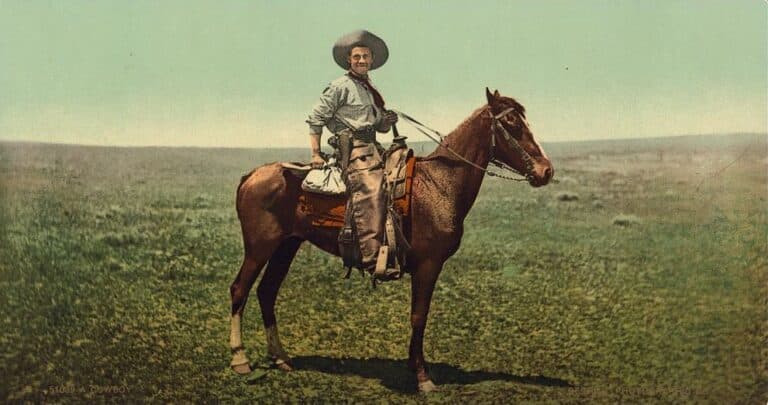
When we think of the American Jewish immigration story, particularly in the late 19th century, we probably think of New York City and the millions of Jewish families who moved there from Eastern Europe in search of a better life.
However, a lesser-known chapter in Jewish history is the migration of Jews out west. By 1912, over 100,000 Jewish immigrants had moved to the Wild West, forming new lives for themselves and helping to shape the region into what it is today.
Prior to watching the documentary, “Jews of the Wild West” at the New York Jewish Film Festival, I had never associated the history of the Wild West with the Jewish community. The film shed new light on this fascinating chapter in Jewish history.
Directed by independent filmmaker Amanda Kinsey, “Jews of the Wild West” highlights this Jewish migration experience between 1840-1920 through never-before-seen footage, photographs, and interviews.
The documentary inspired me to delve deeper into the history of this Jewish westward expansion. Here’s what I learned about some of the inspiring Jewish lives behind this daring journey (all of the Jewish pioneers of the Wild West below are featured in “Jews in the Wild West”).
How Jewish immigrants from Europe moved to the Wild West
Between the 1890s and mid-20th century, two million Jews fleeing the pogroms of Eastern Europe immigrated to the U.S. to try to start a new life.
These Jews entered through Ellis Island and settled in New York City, but their new living conditions were not improved.
Families lived in cramped, crowded tenements, were easily exposed to disease and poverty, and still faced high levels of antisemitism while being seen as “the other.” Although they had escaped the terrible pogroms, these living conditions were oftentimes similar to those in which they risked everything to escape.
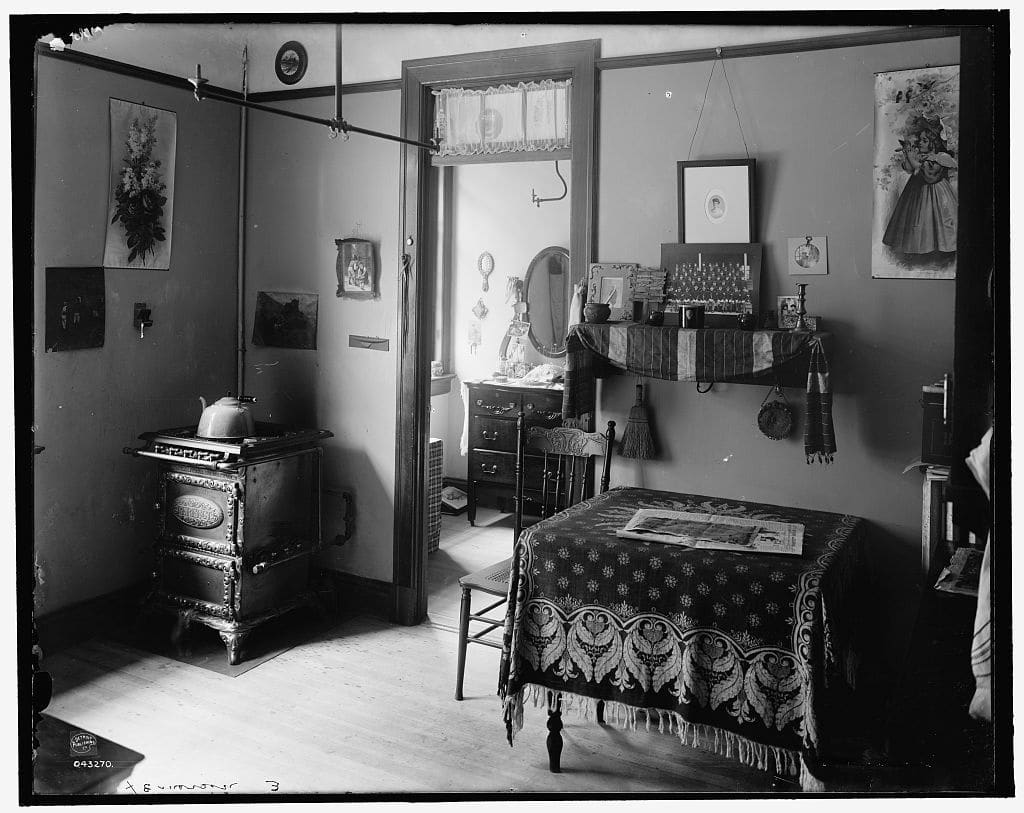
Out of bravery, desperation, or a combination of both, a small percentage of these new Americans managed to leave New York City and put down roots over a thousand miles away, spreading as far as Texas, Colorado, and California.
In addition to those who came to the U.S. through Ellis Island, another group of Jewish immigrants entered through Galveston, Texas, and New Orleans. They settled there or moved further out west, making a living as merchants or cattle ranchers (jobs they would have had and were used to back in Europe). Some of their descendants still live in these places today.
Levi Strauss, the king of blue jeans from San Francisco
One famous Jewish person who undertook the journey was Levi Strauss. Millions wear his jeans every day, but few know his origin story. Born in Germany, Strauss traveled with his family to New York in 1847, where he joined his brothers working in their dry goods business.
Later, during the height of the California Gold Rush, he moved to San Francisco to open his own wholesale business and imported items from his brothers in New York.
He partnered with one of his customers, a tailor in Nevada named Jacob Davis, who invented denim pants with metal rivets to keep the seams from tearing. Together, they produced and patented blue jeans which would revolutionize work pants.
Strauss also made a lasting impact on the Jewish community in San Francisco. As a member of the Reform movement, he helped establish Congregation Emanu-El, the city’s first synagogue. He was also an active philanthropist, donating to Jewish charities including the Pacific Hebrew Orphan Asylum and Home and the Hebrew Board of Relief.
He also provided funding for 28 scholarships at the University of California-Berkeley. Strauss, along with tens of thousands of Jewish immigrants, played a significant role in the economic and cultural development of San Francisco.
Wyatt and Josephine Earp: The mythical Jewish couple of the Old West
There were other fascinating Jewish characters who moved to the Wild West, such as the Jewish actress Josephine Marcus Earp, whose beauty is rumored to have started the gunfight at the O.K. Corral, and her husband, the famous lawman Wyatt Earp.
Born in New York to a Prussian Jewish family, Josephine and her family later moved to San Francisco during the Gold Rush. After financial struggles, the family moved into a tenement. That’s when Josephine ran away to Arizona to become an actress.
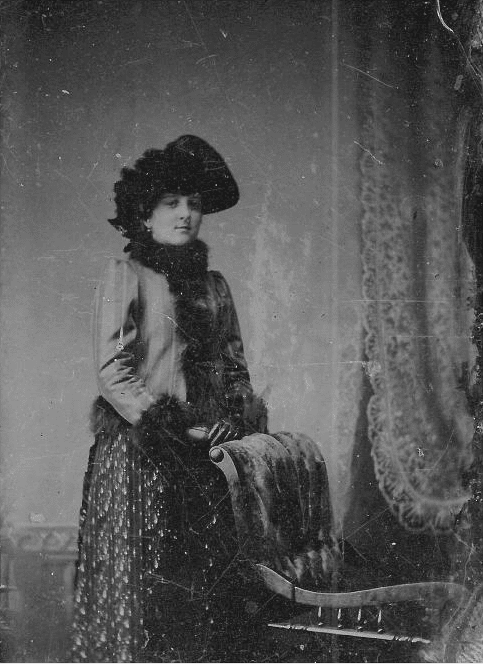
Josephine met Wyatt in the boomtown of Tombstone, Arizona, and the two married in or around 1892. Their adventures took them all over the Western frontier, from Alaska to Washington to Nevada, and the couple eventually settled in Vidal, California, in a “dream-come-true” desert cottage, living well off of Wyatt’s earnings from mining gold and copper in the nearby Whipple Mountains.
It is said that the 1881 O.K. Corral — regarded as the most famous shootout in the Old West — began when Wyatt Earp and Sheriff John Behan were vying for the same woman, a “Jewess” named Josephine.
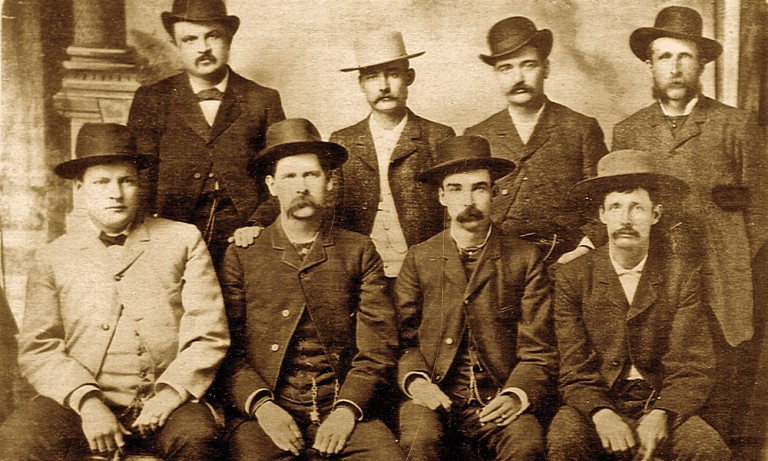
Who could have predicted that this 30-second fight would lead to three dead cowboys, a nearly 50-year relationship between Wyatt and Josephine, and a lifetime of adventure? Just imagine that one of America’s most famous gunslingers of the Old West also may have had a mezuzah, which is an actual rumor I’ll gladly believe!
Ray Frank, the “Girl Rabbi of the Golden West”
In 1890, a woman delivered a moving Yom Kippur sermon at a service she put on for a gathering of hundreds of Jews at an opera house in Spokane (known as Spokane Falls at the time), Washington. Her name was Ray Frank, and that sermon, entitled, “The Obligation of a Jew as Jew and Citizen,” launched her career as America’s first female Jewish preacher.
Rachel “Ray” Frank was a Hebrew school teacher turned journalist from Oakland, California, but she became famous for speaking about Jewish unity and female spirituality, earning her the nickname, “the Girl Rabbi of the Golden West.”
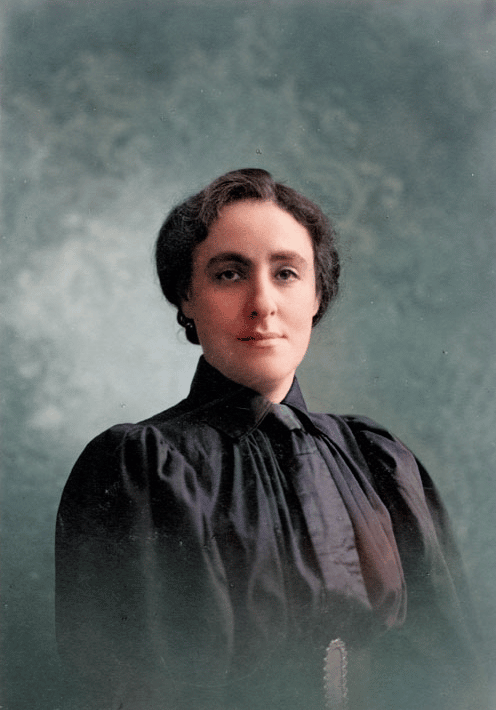
Her speeches were so well received that she inspired audience members — both Jewish and Christian — to donate to synagogues. For years, Ray preached throughout North America, helping fund Orthodox and Reform congregations and influencing women to become ordained as rabbis, blazing the trail for many women along the way.
In 1893, the American Israelite, an Ohio-based Jewish newspaper, described Frank as the “young lady who has gained much prestige on the Pacific Coast and whose avowed purpose of entering the Jewish ministry has aroused much attention.”
Solomon Carvalho, pioneering Jewish artist
Not all Jewish immigrants to the Wild West were Ashkenazi, by the way. Solomon Nunes Carvalho was born in South Carolina to parents of Portuguese descent. As a child, Carvalho took up an interest in painting and photography and headed westward in the 1850s to document life in Kansas, Colorado, and Utah.
Using oil paints and an early form of photography called a daguerreotype, Carvalho’s paintings and photographs capture the everyday life of Native Americans he encountered and nature scenes like the Colorado River.
Some of his portrait subjects included Utah Chief Wakara of the Timpanogos tribe, and Brigham Young, the famed Mormon leader who Solomon befriended on his adventures.
Carvalho was not only one of the first Jewish American artists but was also an observant Jew who helped develop Jewish schools, synagogues, and social institutions in the West, like the Hebrew Benevolent Society in Los Angeles, which is known today as the Jewish Family Service.
Other Jewish pioneers of the Wild West
There are many other Jewish pioneers whose stories are recounted vividly in “Jews of the Wild West.” Before she became Israel’s Prime Minister, Golda Meir spent her formative years in Denver, Colorado, in a house that is now the Golda Meir House Museum.
Jesse Shwayder, a Polish-Jewish businessman, was another Denver resident. He founded a trunk manufacturing company that later became Samsonite, which is one of the largest luggage manufacturing brands in the world today. Solomon Bibo of Prussian descent was a trader in New Mexico and became the only Jewish leader of a Native American tribe.
These uniquely Jewish stories make up an important chapter in American Jewish history that we can all learn from. They embody traits of perseverance, grit, and the determination to maintain one’s identity in a strange land. If these traits aren’t representative of the Jewish experience, then I don’t know what is.
Originally Published Feb 15, 2023 11:19PM EST
